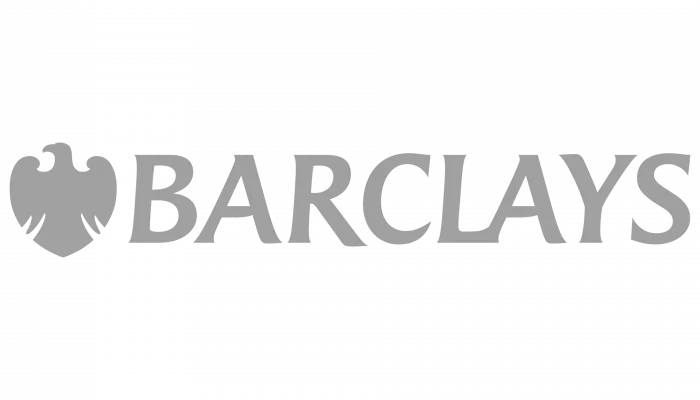With ‘Help to Buy’, the Government lends you up to 20% of the cost of your newly built home, so you may only need a 5% cash deposit and a 75% mortgage to make up the rest. To reflect the current property prices in London, from February 2016 the Government is increasing the upper limit for the equity loan it gives new home-buyers within Greater London from 20% to 40%.
The scheme is open to first time buyers and current home owners buying a new home. With a maximum ‘Help to Buy Loan’ of £120,000 outside London and £240,000 inside London, this is, on the face of it, great news for buyers with limited capital looking to buy a newly built home. Of course, it could also be argued that such a subsidy is simply driving house prices even higher as a result.
Outside London, using the Government’s own example;
If a home sold for £210,000, you’d get £168,000 (80%, from your mortgage and the cash deposit) and you’d pay back the £42,000 Help to Buy Loan (20%). You’d need to pay off your mortgage with your share of the money.
You won’t be charged loan fees on the 20% loan for the first five years of owning your home. After five years you will be required to pay an interest fee of 1.75% of the amount of your Help to Buy shared equity loan at the time you purchased your property, rising each year after that by the increase (if any) in the Retail Prices Index (RPI) plus 1%.
The total amount repayable by you will be the proportion of the market value of your home that was funded by this loan, plus interest and charges. The amount you will have to repay under the loan agreement will depend on the market value of your home when you repay the Help to Buy equity loan and the rate of inflation in the meantime. An example is shown on page 21 including the equivalent APR.
The loan itself is repayable after 25 years or on the sale of the property if earlier. Contact us to find out if this scheme might be available to you.
Related Blog article:
For more information speak to a mortgage adviser on 01628 507477 or contact us .
Recent posts
Best UK Mortgage Rates this Week
Yesterday

Here are the lowest fixed mortgage rates of the week, available to first-time buyers, home movers, buy-to-let, and those remortgaging.
Call us for more information: 01628 507477 or email: team@mortgagerequired.com.

Just because the Bank of England decides to reduce the base rate, this doesn't automatically mean that your mortgage rate will go down.
Autumn Budget 2025: A Summary
23 days ago

Chancellor, Rachel Reeves, has delivered the Autumn 2025 budget. We have summarised the government's plans for tax and spending.
Renters' Rights Act
14 Nov 2025

The Renter’s Rights Bill became law at the end of October, which means it has been signed off by the King, and it is now the Renters’ Rights Act. Despite this becoming law, these changes are likely to start changing within the next six months, with the aim of being fully implemented throughout 2026 and into 2027.

A welcome change in school is coming as financial literacy is due to become compulsory in schools in England.
The Government has announced that as part of the new national curriculum, children in primary and secondary education will be required to learn about budgeting, compound interest, managing money, and mortgages.
The top 10 most beautiful villages in the world
24 Oct 2025

Forbes has published a global ranking of stunning locations and one popular picturesque corner of the UK has nabbed top spot.

Over three years after the Mini-Budget took place, we look at what the mortgage market looks like now, showing the difference in mortgage repayments.

The government has announced plans to make buying or selling a home cheaper and quicker with what is being called the “biggest shake-up to the homebuying system in this country’s history.”


















